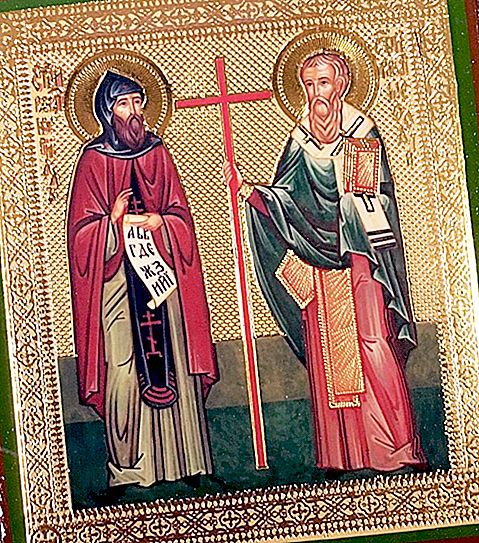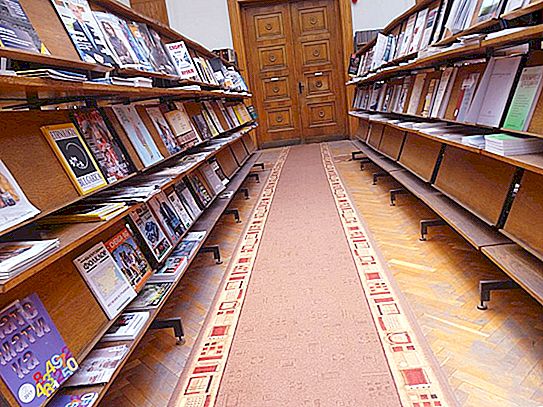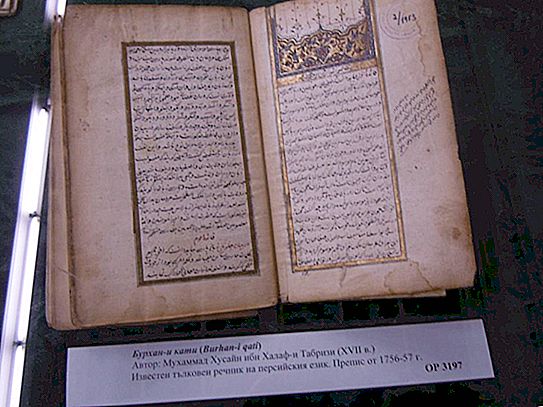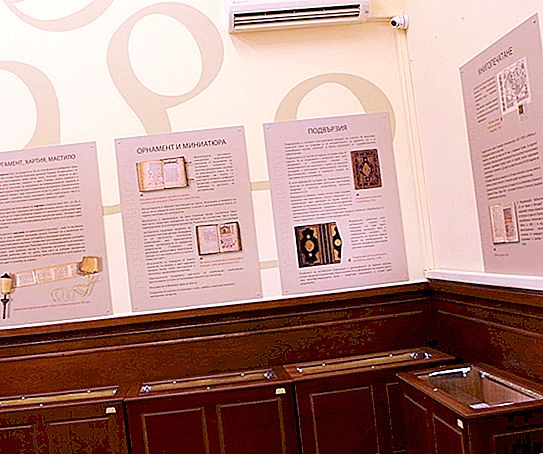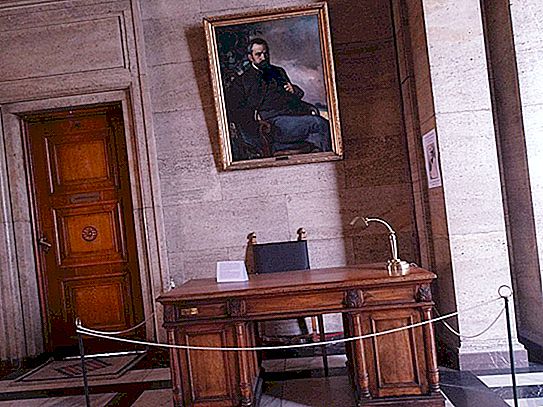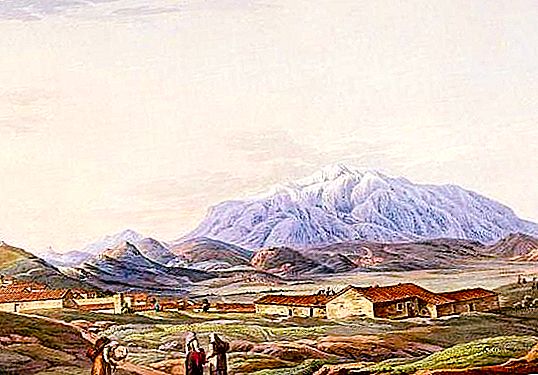National Library of Bulgaria named after St. Cyril and Methodius (NBKM), located in Sofia, has one of the richest archives in terms of number of units and variety of materials. Founded in 1878, the NBKM was significantly expanded in 1931 after the acquisition of millions of Ottoman documents. Today, the collection of the Eastern Department of the NBKM (Kolektsiya na Orientalski Otdel) contains more than 1000 registers, more than a million individual documents from all the provinces of the Ottoman Empire, relating to the period between the fifteenth and twentieth centuries. In addition, there is a valuable collection of manuscripts in Persian, Arabic and Turkish. In addition to the Eastern Department, the Bulgarian Historical Archive (Bŭlgarski istoricheski arkhiv) contains materials dating mainly from the nineteenth century and written both in Ottoman Turkish and Bulgarian. In this sense, the NBKM is a hidden gem for scholars from the Middle East and the Balkans.
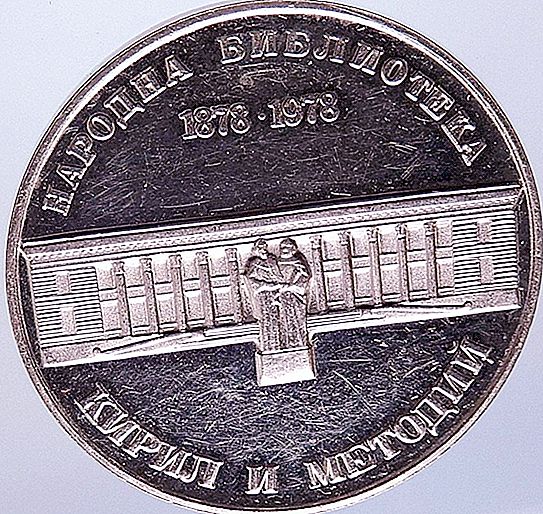
Creation and Development
The history of the library of Cyril and Methodius is quite long. It was founded in 1878 and received the name Sofia Public. However, pretty quickly it became the National Library (1879). During the 1870s and 1880s, NBKM employees collected various Ottoman materials in libraries throughout Bulgaria and delivered them to the NBKM Eastern Department.
In 1944, due to the war, the entire building was destroyed. Although some materials were irreparably damaged, much was saved. All this was transferred to local storage facilities to protect against further destruction. In the late 1940s, all this was returned to the main building of the NBKM, which is also called the Central Scientific Library of Bulgaria.
The current premises was officially opened in 1953. The library got its name from the saints Cyril and Methodius, who at the end of the ninth century invented the Cyrillic alphabet. The monument to two brothers, holding the Cyrillic alphabet in their hands, stands in front of the building, and is also one of the attractions of the city.
Saving Documents
In 1931, as part of its political program based on the rejection of the Ottoman past, the Turkish government sold a huge number of Ottoman archival documents to a paper mill in Bulgaria for use as recycled waste paper. This event became known as vagonlar olayı (wagon incident), because the documents were transported in railway wagons, and when the events became known in Turkey, it caused heated debate among scientists and politicians of that time. As soon as the Bulgarian customs officers realized that the materials were actually Ottoman government documents, and not waste, they were deposited in the library of Cyril and Methodius. Today, these documents comprise more than 70% of the entire NBKM Eastern Department, which continues its work on cataloging and preserving them.
Collections
The NBKM has eleven collections - from Slavic and foreign manuscript books to the Oriental faculty Collection.
The Collection of the Eastern Department has two main archives: the Ottoman Archive and the Collection of Oriental Manuscripts. The Bulgarian Historical Archive is also located in the Eastern Department, as it includes many documents in the Ottoman and Bulgarian languages.
Sijill Collection
Sijill is an inbound-outbound register organized by a qadi (judge) or his deputy in a particular settlement. It also includes copies of documents written by Cadi. This collection contains more than 190 copies from the sixteenth to the end of the nineteenth centuries. They are cataloged by region, such as Sofia, Rousse, Vidin, etc. Most of the documents have card file entries in Turkish, either in Latin or Ottoman. The earliest document from Sofia dates from the year 1550, while the vast majority belong to the eighteenth century. Most of them are from Vidin and from Sofia. Most of the collection has been digitized and available on the official website of the Cyril and Methodius Library.
Wakf Registers
In Islamic law, waqf (waqf) is property that a private person or state has transferred for religious or charitable purposes. This collection contains more than 470 separate registers of waqfs (from the 15th to the 20th century). In addition, some other waffs registers can be found in the sijill collection. They are written mainly in Ottoman, and some of them in Arabic. The earliest register of waqfs dates from 1455, and the last dates from 1886.
Miscellaneous funds
This collection includes the rest of the Ottoman documents in the eastern section. Many cadastral surveys (timar, zeamet and icmal) can be found in this collection. There are also various other types of ledgers and ledgers (ruznamce). In addition, these funds contain all individual documents, such as farmers, buruldu, arzukhaly, ilam, and various individual correspondence and materials.
Most of these Ottoman materials in this collection are cataloged according to the region to which they belong, and each region has a separate fund with a different number.
Most of the entries in the fund numbers of the Cyril and Methodius library have dates, and some of them include keywords such as “military”, “church”, “taxation”, timar, giving some basic information about the type of document. Unfortunately, there is no other information available to the researcher about documents from the catalog. However, there are some publications, mainly written by employees of the eastern department, such as lists and catalogs of selected funds of Ottoman documents that will be useful. The number of documents in this collection exceeds 1, 000, 000, and not one of them has been digitized. Their dates range from the fifteenth to the twentieth centuries.
Collection of oriental manuscript books
It has about 3800 volumes in Arabic, Turkish and Persian. The earliest manuscript is a copy of the collection of hadiths of Muhammad al-Bukhari al-Jami al-Sahih (810–870). One of the most valuable manuscripts of this collection is a copy of the work of the 12th-century Arab geographer Muhammad ibn Muhammad al-Idrisi, Nuzhat al-Mushtak, Ihtirak al-afak (“Entertainment of the worn out by wandering through the regions”). There are partial catalogs of this collection in English, Arabic and Bulgarian.
Foreign and Slavic manuscripts
This collection is represented by medieval and late medieval documents and totals a total of about 1700 items. Basically, these are manuscript books of religious and dogmatic content, intended for liturgical use and everyday needs of monastic life: gospels, psalms, apostles, ordinals, liturgics, missals, various kinds of collections, calendar of moral instructions, mixed collections of contents, including often various apocryphal writings, collections of hymnographies, collections of secular laws and church regulations (nomocanons), liturgical books, bidrolls, etc. They also contain secular and scientific literature Atura: translated and original works, including works of antiquity, the Middle Ages, examples of European scientific thought, the Bulgarian revival (Alexander’s novel, the parable of the Trojan Horse, historical works, letters, textbooks, dictionaries, various treatises, etc.).
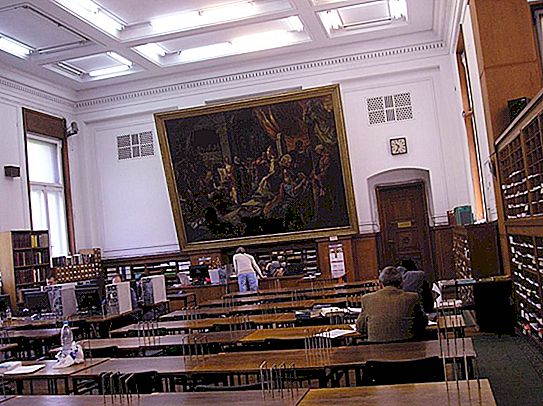
The collection of Slavic manuscript books contains literary monuments of Bulgaria, Serbia, Wallachia, Moldova and Russia. It presents rich historical materials of written culture during the late Middle Ages, the era of Ottoman rule and the Bulgarian national revival.
Among the signed manuscripts, one can see the names of writers such as Priest Dobreisho, Priest John, Priest Gerasim, Monk Copier Rila Mardarius, Monk Spiridon, Priest Visarion Debar, Peter Grammatik, Priest Daniil Etropole, school teacher Nedyalko and his son Philip, Joseph Bradati Nikifor Rilsky, priest Pamvo Kalofer, Peter Tsarsky, priest Pancho, Sofroniy Vratsky and others. The collection of Greek manuscripts, most of which were created for the needs of the liturgy, reflects the relationship of the Bulgarians with the Patriarchate of Constantinople. These books continue Byzantine cultural traditions.
A valuable part of the collection of the library of Cyril and Methodius is Cantica Ecclesiastica (18-19 centuries). This book contains 34 hymns - anastasimatarions, katabasiai, heirmologions, etc., most of which are written in Bulgarian and decorated with decorative ornaments.
Foreign literature and periodicals
The collection of foreign books totals 767, 239 volumes, and periodicals - more than 10, 000 titles in 726, 272 volumes. The acquisition of classical works in foreign languages in the field of science, culture and literature has the highest priority, including books that have received authoritative international and national awards; scientific reports from congresses and symposia; collections of Bulgarica, Balkanika and Slavica, the first editions of works by classical and contemporary authors. Foreign publications are collected in one copy in the original language. Acquired publications are presented in the most common languages: English, German, Russian, French, Balkan and Slavic languages. Publications in a rare language are translated into one of the European languages.
The priority areas for the acquisition of foreign books and periodicals of the Cyril and Methodius library are: mathematics, philosophy, social sciences, law, economics, politics, sociology, international relations, history, culture, science, librarianship, bibliographic studies and scientific research, regional studies, art history, linguistics, literary criticism and fiction. Considerable attention is paid to interdisciplinary scientific fields, such as sociolinguistics, cognitive sciences, anthropology, politics, etc.

